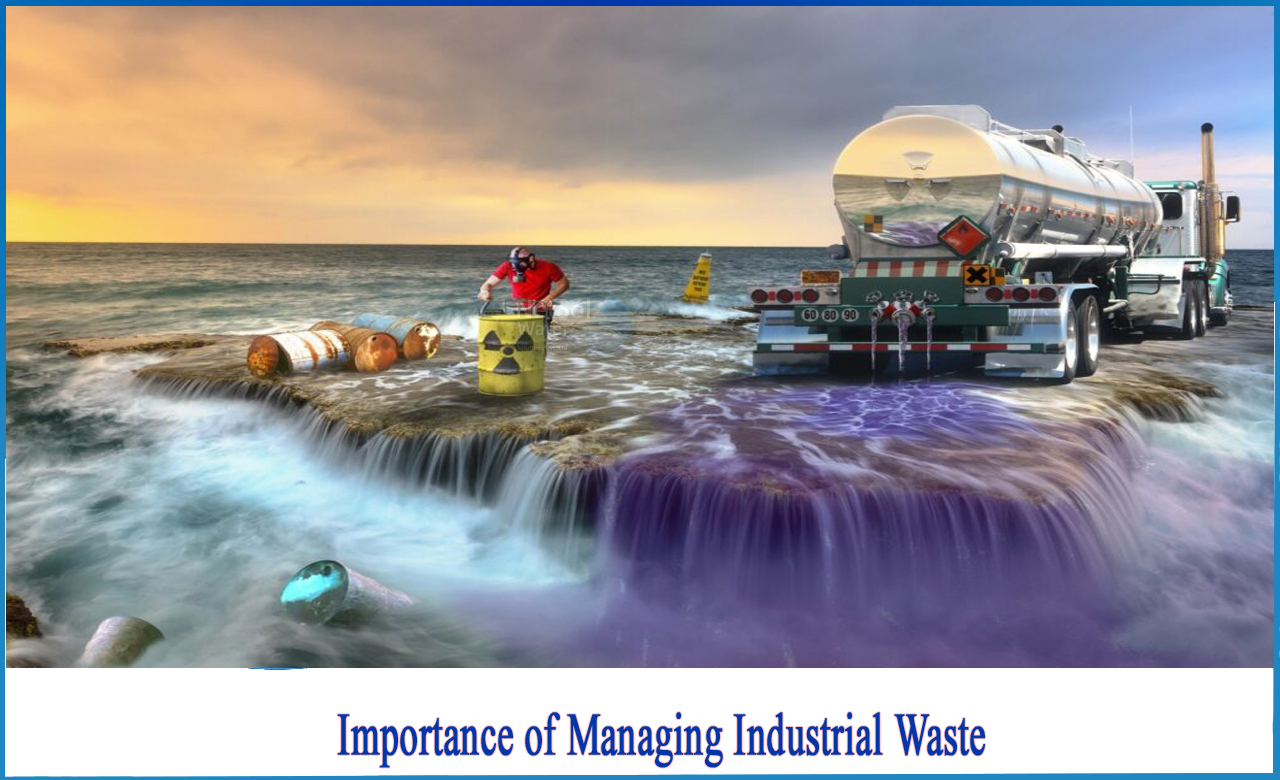Some Ideas on Reclaim Waste You Need To Know
Some Ideas on Reclaim Waste You Need To Know
Blog Article
Excitement About Reclaim Waste
Table of Contents8 Simple Techniques For Reclaim Waste10 Easy Facts About Reclaim Waste ShownSome Of Reclaim WasteReclaim Waste for BeginnersOur Reclaim Waste PDFs
Explore the kinds, incidents, and forms of fluid waste. Domestic sewage waste describes the waste and items from a household septic storage tank. This type of waste is created by human beings in homes, schools, and various other structures. This only includes septic systems that have a drainpipe field. The proper monitoring and disposal of residential sewer waste require fluid waste to be transferred to a sewer therapy plant where the appropriate techniques and equipment are put on purify and dispose of waste.
Business waste frequently includes potential risks, such as combustible products or a combination of liquid and strong waste products, and needs an advanced and in-depth disposal procedure. The disposal of commercial waste typically involves the filtering of waste prior to transportation to make sure risk-free and appropriate disposal. Hazardous waste is created from byproducts and drainage of commercial procedures and manufacturing.
This kind of waste can not use the same sewage monitoring transport or procedures as septic or commercial liquids. The industrial waste management process needs the evaluation and screening of fluid waste prior to it undergoes the disposal process (liquid waste removal melbourne). Runoff waste is the fluid waste that originates from runoff and excess stormwater in highly populated areas or cities
Drainage waste can cause contamination and flooding if not taken care of correctly. Guaranteeing correct waste monitoring can protect against catastrophes and minimize environmental injury.
The Best Strategy To Use For Reclaim Waste
Contact PROS Services today to learn more about our waste monitoring and disposal services and the appropriate ways to take care of the fluid waste you produce.
(https://reclaimwaste1.edublogs.org/2024/11/12/efficient-liquid-waste-removal-and-disposal-your-complete-guide-to-sustainable-waste-management/)This so-called 'wastewater' is not only an essential resource yet, after treatment, will certainly be released to our land, rivers or the ocean. Made use of water from commodes, showers, bathrooms, kitchen sinks, laundries and commercial procedures is known as wastewater.

water used to cool down machinery or tidy plant and equipment). Stormwater, a form of wastewater, is drainage that moves from farming and metropolitan areas such as roofs, parks, yards, roads, courses and gutters into stormwater drains pipes, after rain. Stormwater moves without treatment directly to regional creeks or rivers, eventually reaching the sea.
Reclaim Waste Can Be Fun For Everyone
In Queensland, a lot of wastewater is dealt with at sewage therapy plants. Wastewater is transported from domestic or commercial sites through a system of sewers and pump stations, called sewage reticulation, to a sewer therapy plant. Local governments develop, preserve and run most sewage therapy plants. Operators are licensed under the Environmental Security Act 1994 to release treated wastewater at an acceptable ecological standard right into rivers.
The Division of Natural Resources suggests city governments about handling, operating and keeping sewage systems and therapy plants. In unsewered areas, local governments may call for owners to mount specific or home sewage treatment systems to deal with domestic wastewater from toilets, kitchen areas, shower rooms and laundries. The Department of Natural Resources authorises making use of family systems when they are shown to be efficient.
In some new neighborhoods, treatment of some Get the facts stormwater to get rid of litter, sand and crushed rock has actually begun making use of gross pollutant catches. Wastewater therapy occurs in four phases: Removes strong matter.
Utilizes little living organisms understands as micro-organisms to break down and get rid of remaining liquified wastes and great fragments. Micro-organisms and wastes are incorporated in the sludge.
A Biased View of Reclaim Waste
Nutrient removal is not offered at all sewage treatment plants since it needs costly specialist equipment. Clear fluid effluent created after treatment may still include disease-causing micro-organisms - industrial wastewater treatment.

Many wastewater moves right into the sewerage system. Under the Act, neighborhood governments carry out authorizations and licences for eco relevant tasks (Ages) entailing wastewater launches that might have a neighborhood effect.
Reclaim Waste Fundamentals Explained
Surveillance provides factual details regarding water top quality and can validate that licence conditions are being satisfied. The info acquired with surveillance gives the basis for making water top quality choices.
Report this page